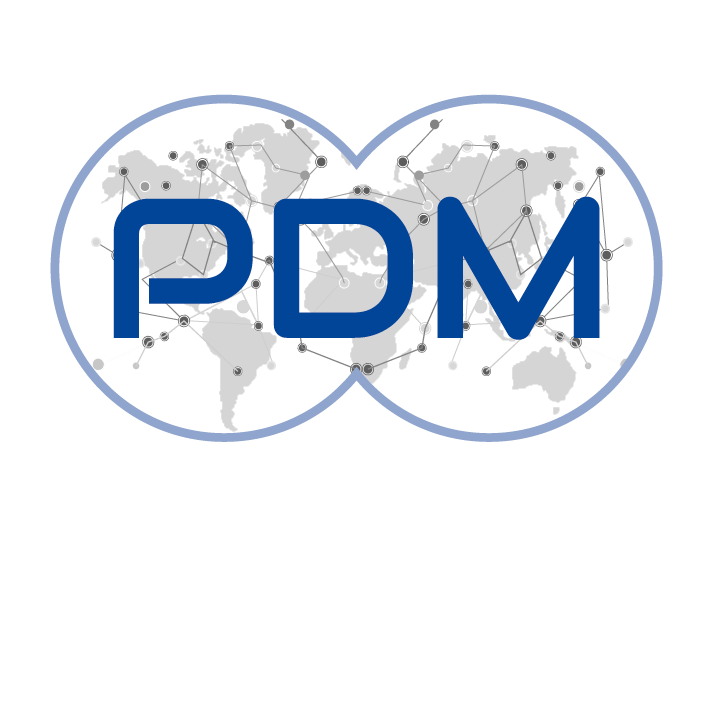Page content
Debt Management in Uncertain Times - Proceedings of the first Public Debt Management Network Conference, held in Paris on September 4-5, 2019
The Promoting Institutions of the Public Debt Management (PDM) Network held the first Public Debt Management Conference in Paris on September 4-5, 2019. The pdf ebook featuring the proceedings of the Conference is downloadable from the downloads section below. (See instead here for the other Conference materials like agenda, presentations etc.)
Given the rising government debt globally and growing contingent liabilities, yet limited comprehensive and analytical discussions on the topic, the Conference addressed the dynamics of debt accumulation, the approaches to improve quantitative and analytical public debt management in the context of a shifting macroeconomic, geopolitical, regulatory, and technological environment.
Nineteen papers were presented in eight sessions, focusing on the areas of sovereign asset and liability management, modeling the cost and risk tradeoff in public debt management, approaches to debt sustainability and government securities market. The main topics debated during the Conference are briefly discussed in the following to provide an in-depth background and a perspective going forward, given the COVID-19 pandemic increased vulnerabilities of government debt to external shocks.
The ebook includes ten papers among the nineteen papers that were presented in eight sessions of the Conference. In particular, it comprises the keynote speech delivered by Professor Pier Carlo Padoan, Member of the Italian Parliament and former OECD DSG and Chief Economist, a background paper by M. Coşkun Cangöz and Eric Bouyé, and ten papers by the authors who agreed to publish their papers in the proceedings.
The order of the proceedings is parallel to the sequence of the presentations held in the Conference. Here is a short description of the papers. Jonasson and Papaioannou provide a guideline and highlights of good practices for achieving optimal results based on lessons from countries that have adopted an SALM approach. Fritz Bachmair et al. emphasize a stepwise credit risk assessment approach and illustrate its application in South Africa. Landoni et al. suggest a deterministic framework to link the maturity distribution of new issues, with the outcomes, based on the long-run maturity distribution of outstanding issues that prevails if this policy is held indefinitely. Bernaschi et al. present a probabilistic model to compare cost-risk performance of proposed government bond portfolios relying on cost-risk frontier and the credit value adjustment. Yavuz and Golbasi suggest a stochastic cost-at-risk model to generate optimal composition of the sovereign debt and the underlying borrowing strategies. Greco and Mormando investigate if the ranking system effectively affect market makers in their quoting decisions and the liquidity conditions of order books. Junior et al. explore the transmission of the monetary policy through the wealth channel in Brazil, using a structural Bayesian model. Fenz and Holler present a static framework for the optimal debt portfolio hedge analyzing the potential of inflation-indexed and short-term interest-rate-linked debt to hedge government budgets against macroeconomic demand, supply and monetary policy shocks. Bebes and Tran propose a multi-objective optimal portfolio model, to find Pareto-optimal compositions of financing that satisfy the main objectives of public debt and construct financing compositions. Picarelli et al. discuss the introduction of mandatory two-limb CACs in euro area sovereign bonds issued under domestic law and evaluate the price impact of these provisions.



